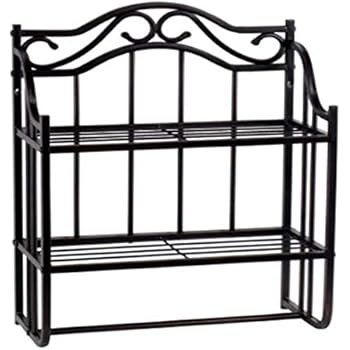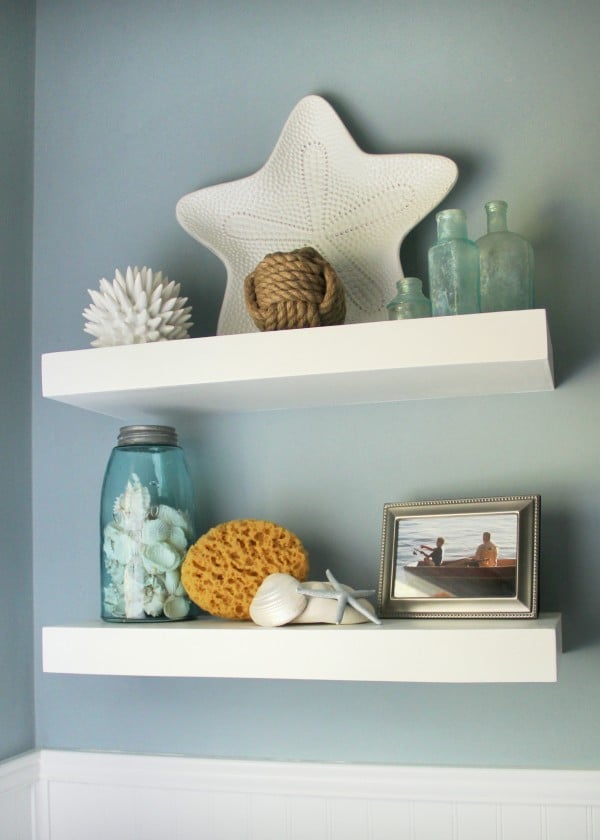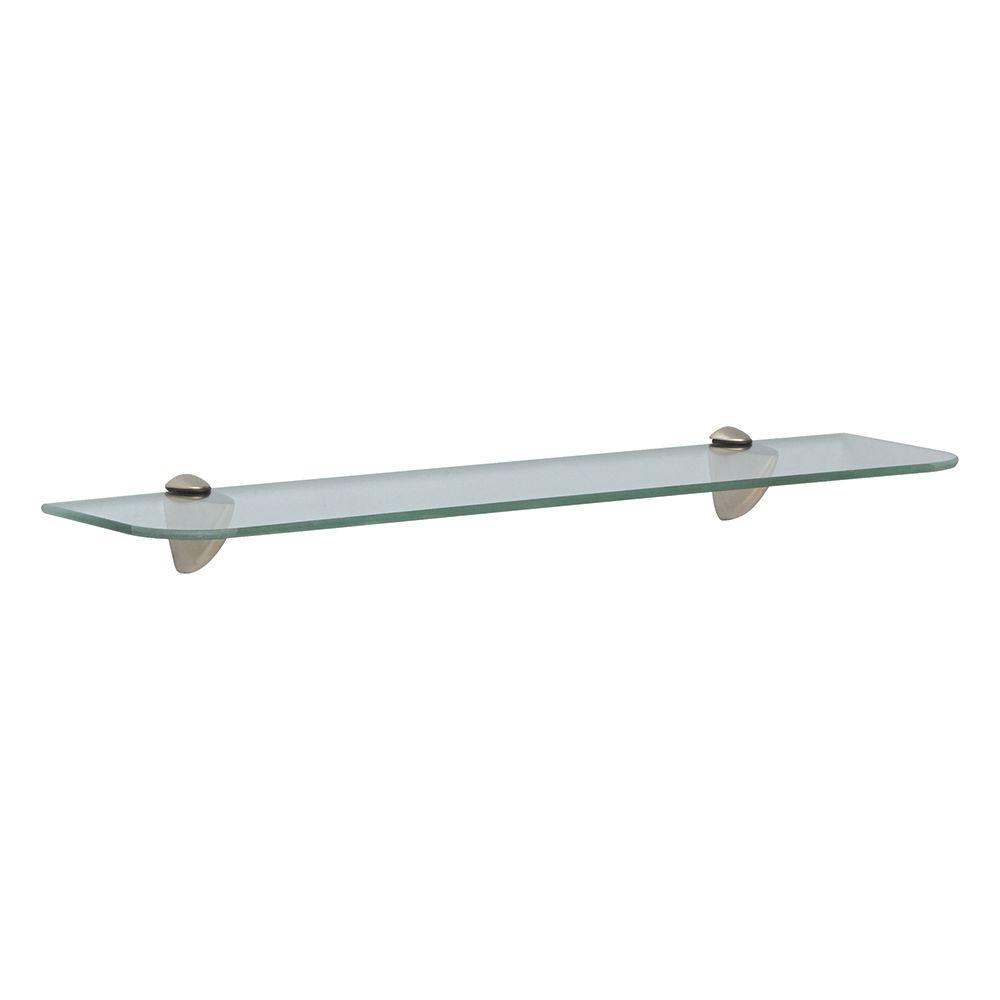How to Anchor a Metal Shelf So it Won’t Tip
Video: DIY Floating Wall Shelf

First off, buy an honest floating shelf bracket. At Shelfology, we design and manufacture floating shelf brackets of all types and we are clearly keen on our version.

Wall anchors, additionally called molly plugs, will assist you to build a sturdy basis in your shelf. Regular hollow wall anchors are fantastic for plaster; for drywall you'll need butterfly or toggle anchors. Before deciding which anchors to purchase, consider what you want your shelves to hold. Anchors are rated for the way a lot weight they will assist, however to be protected, it’s best to stay on the low finish of an anchor’s max weight rating.

Eric G, nevertheless, has a small bowling ball collection he likes to show. Clearly weight capacity issues extra for Eric. If you’re going to be attaching your floating shelf and bracket to a wall stud, you do not want any anchors. If you are working with plaster or drywall, nonetheless, extra help is critical.

They maintain the most weight when they are secured into one thing strong all the way throughout the size of every shelf. If there are gaps where the bracket is not fixed to something solid, flex and sag can happen. Take a second to consider as you view the next illustration.

Photo1: Mark the shelf place
The gaps between mounting points will introduce flex within the bracket and the shelf can sag at worst, and shall be weaker at finest. In the illustration, imagine that the blocking is removed and the middle rod of the floating shelf bracket just isn't connected to something behind it.
- The downside for floating shelves on this types of wall, is that the solid mounting surface you have to help them (studs) are spaced each sixteen” apart.
- Without that attachment, the rod may be bent downward much easier.
- Floating cabinets mounted into the periodic stud won't be as robust as floating shelves mounted into a stable backing that runs along the whole shelf.
- Most homes are stick frame construction, AKA have wood studs framing the partitions.

Most houses are stick body construction, AKA have wood studs framing the partitions. The problem for floating cabinets on this kinds of wall, is that the strong mounting floor you need to help them (studs) are spaced every 16” aside. Floating shelves mounted into the periodic stud won't be as robust as floating shelves mounted into a solid backing that runs alongside the entire shelf.
A floating shelf bracket and consequently, a floating shelf, is only as sturdy as its weakest attachment point. If you solely screw your floating shelf bracket into two studs then the entire shelf system is literally supported by only these two screws.
They basically have to do all the work to support the bracket, shelf, and everything on them. In circumstances where weight capability isn’t important, this isn’t an issue. My good friend Steve D solely hangs a few Spandex body suits from his floating cabinets.

Does Home Depot have floating shelves?
Yes - Floating - Shelving - Storage & Organization - The Home Depot.

Without that attachment, the rod can be bent downward a lot easier. This equates to decrease floating shelf weight capability and possibly shelf sag. To avoid both, connect the whole bracket to one thing stable, ideally blocking, like within the illustration. Floating shelves can only maintain high weight capacities if they are mounted into one thing strong like wall studs or masonry block.

We have opponents and copycats though, so no matter the place you get your brackets comply with this rule. Pick a bracket that has enough horizontal rods welded onto it to adequately assist your shelf. This is the place figuring out how a lot weight capacity you need is available in.

Bathroom storage space created with floating shelves from The Home Depot. Take a look at the marvelo http://t.co/QI8bBcfqvH
— Kim Lavigne (@Freedomwalker77) July 29, 2014